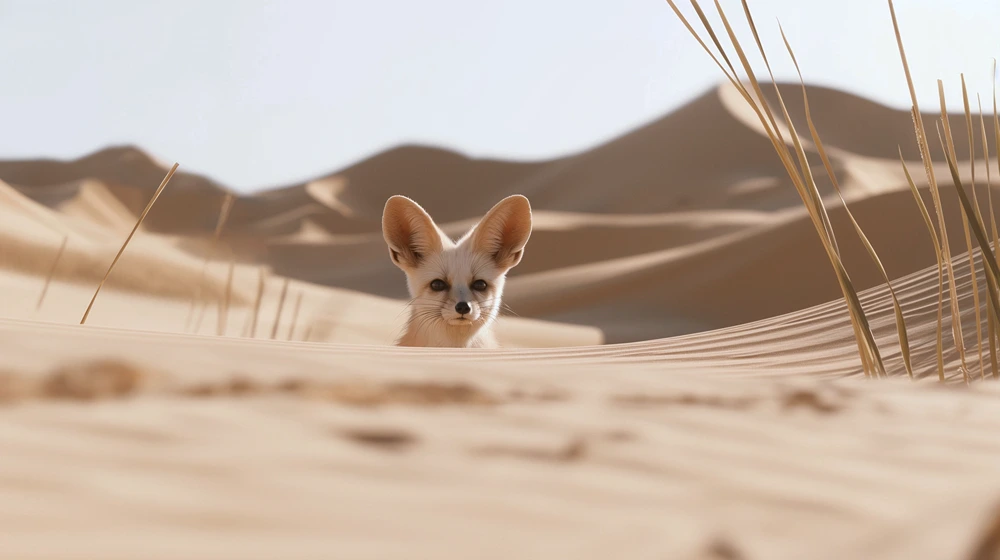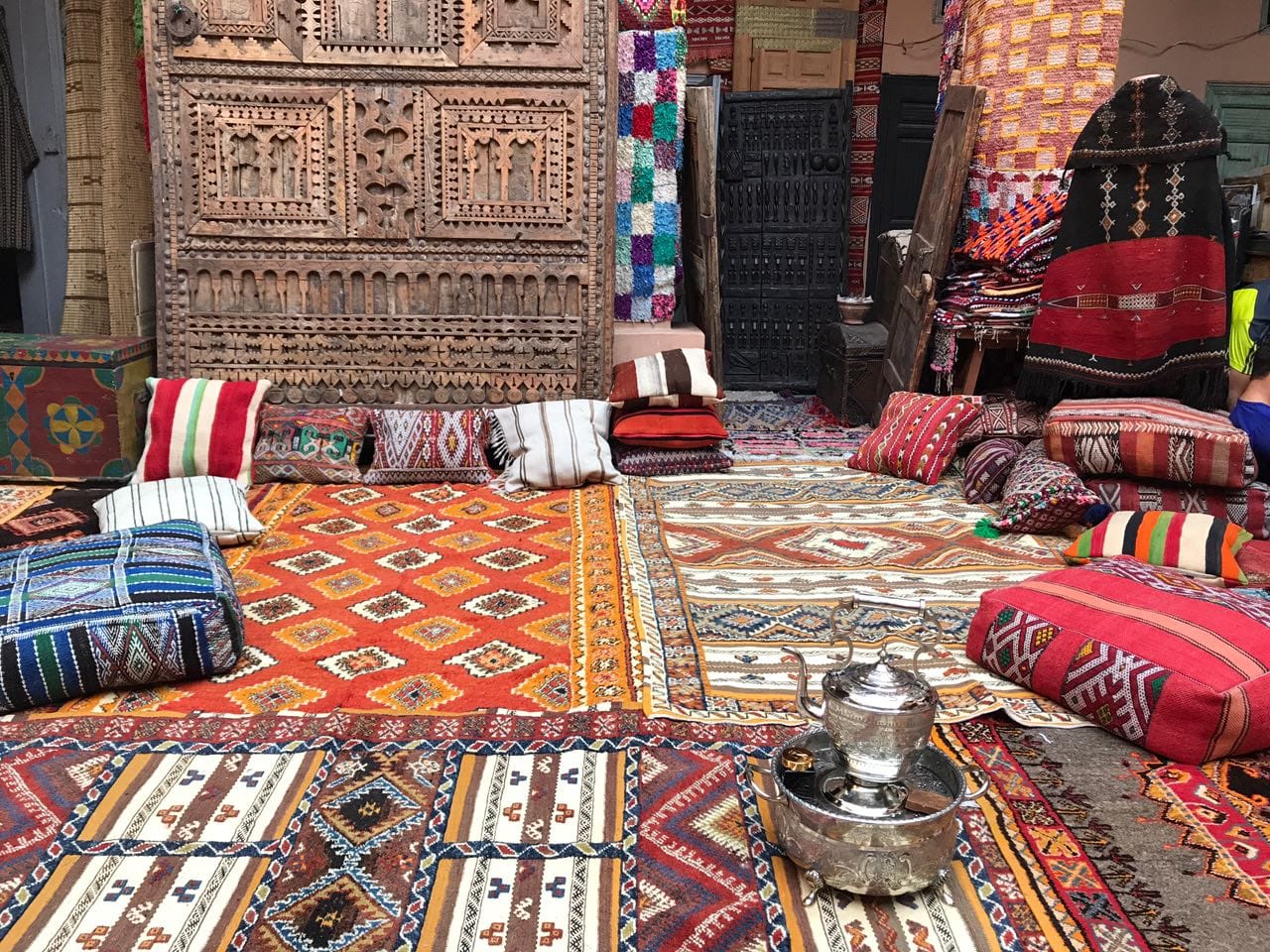In the heart of the greatest desert, the sahara, where the land is vast and the sun always shines, there’s a small animal that has made a big impression. Known for its oversized ears and friendly nature, this creature thrives in one of the toughest environments on earth. It’s the Fennec Fox.
In this article, we’ll get to know this iconic desert ambassador. We’ll cover its characteristics, habitat, diet, nocturnal lifestyle, ecological role, the challenges it faces, and the conservation efforts underway to protect it.
Who is the Fennec Fox?
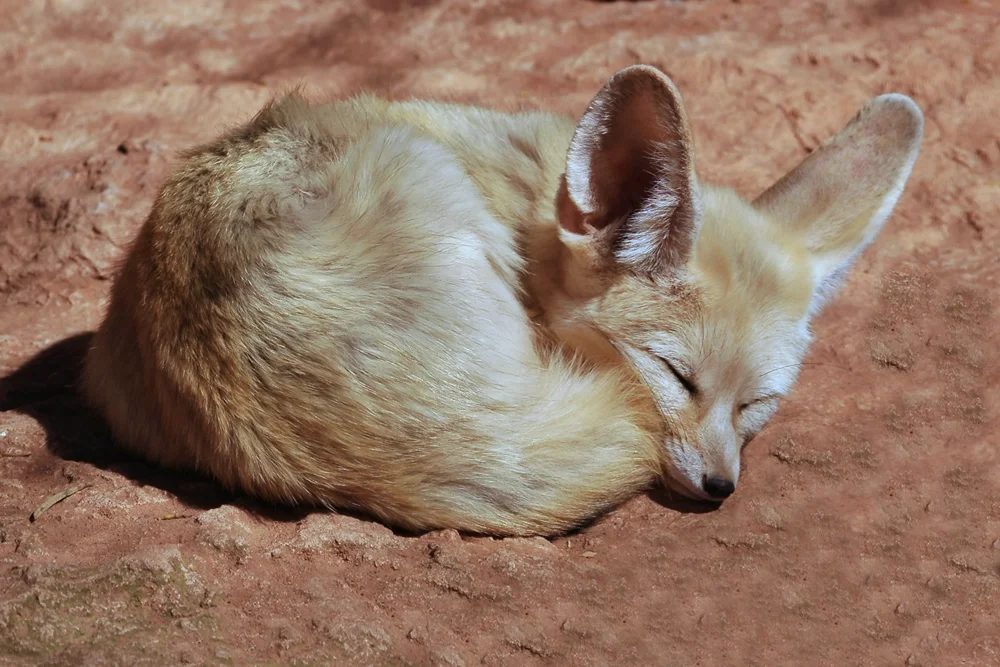
The Fennec Fox, a small nocturnal creature scientifically known as Vulpes zerda, is the smallest member of the canid family, weighing between 2 to 3 pounds. Its body size ranges from 4 to 16 inches in length, not including the tail, and it stands approximately 9 inches tall at the shoulders.
Known for its bat-like ears that can grow between 4 to 6 inches in length, which may be nearly as long as half of the fox’s body, making the Fennec Fox one of the most captivating creatures of the Sahara Desert.
Where do the Fennec Fox live?

The Sahara Desert, a vast expanse of relentless heat and shifting sands, is more than just a backdrop for the Fennec Fox; it is their home. This vast terrain, recognized as the largest hot desert in the world, is as challenging as it is expansive, with extreme temperatures, scarce water sources.
Despite the Sahara’s diverse terrains, from the rolling sand dunes (ergs) to the expansive rocky plains (hamadas), the Fennec Fox has not only adapted but also thrived. Their habitat extends across the deserts of North Africa, ranging from Morocco and Mauritania to Egypt.
The Daily Life of a Desert Dweller
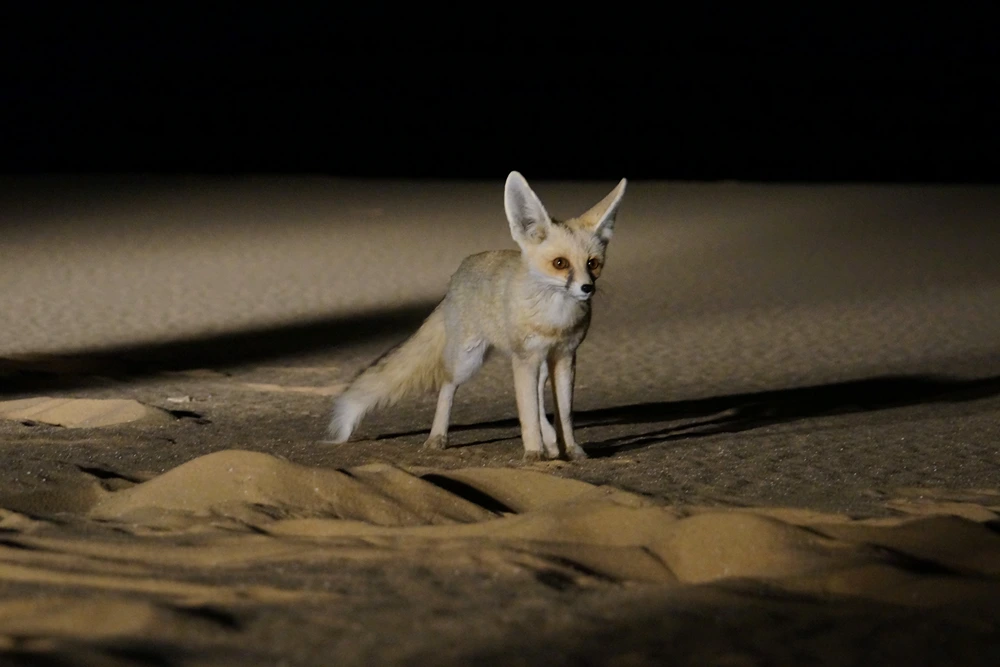
The Fennec Fox leads a nocturnal lifestyle, active during the night and resting during the day. This pattern helps it avoid the Sahara’s intense daytime heat. Its day begins as the sun sets, when the desert cools, providing a cozy environment for hunting and socializing.
Fennec Foxes are omnivores, feeding on a diet that includes insects, plants, and small animals. Their wide-ranging diet is crucial for survival in an environment where food sources can be scarce and unpredictable.
Social interaction is also a key part of their nocturnal life. Fennec Foxes live in communities, often in groups of up to ten individuals, where they communicate through various vocalizations and body language.
The Fennec Fox lives in burrows, not just as heat shelters but as communal spaces. These extensive underground networks have multiple entrances and rooms, offering a safe haven for the foxes.
The Ingenious Ear Adaptations
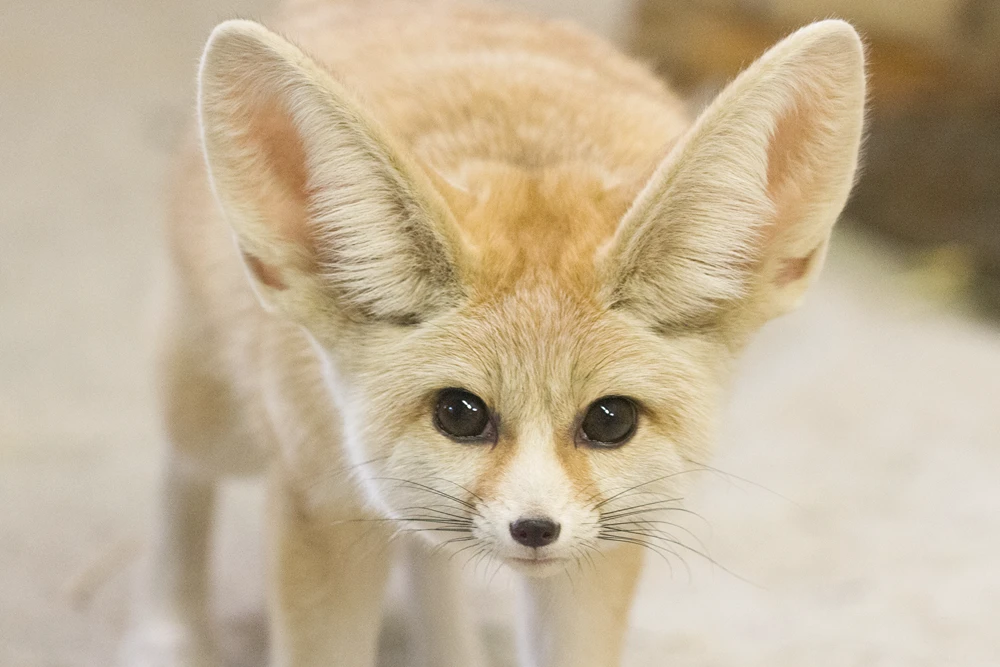
Among the many adaptations that allow the Fennec Fox to thrive in the Sahara Desert, its large ears are perhaps the most iconic. These aren’t just striking features; they’re vital tools for survival in the extreme desert conditions. Measuring up to 6 inches, the ears of the Fennec Fox serve multiple critical functions beyond their acute hearing.
Thermal Regulation
The desert is a land of extremes, where daytime temperatures can soar, making life challenging for its inhabitants. The Fennec Fox’s large ears filled with blood vessels that release heat, effectively regulating the fox’s body temperature in the scorching heat of the Sahara.
Hunting at Night
As nocturnal creatures, the Fennec Fox rely on their keen sense of hearing to locate prey in the dark. Their large ears can detect the subtlest sounds of movement, whether it’s the scuttle of an insect or the soft footsteps of a rodent. This exceptional hearing aids them in hunting efficiently, ensuring they find enough food to sustain themselves in the desert.
Communication
In the vastness of the Sahara, staying connected with family members is crucial for survival. The Fennec Fox utilizes its large ears to pick up on the subtle vocalizations of its kin, enabling it to communicate effectively over long distances. This communication is vital for maintaining strong social bonds and alerting each other to potential dangers.
Challenges Facing the Fennec Fox
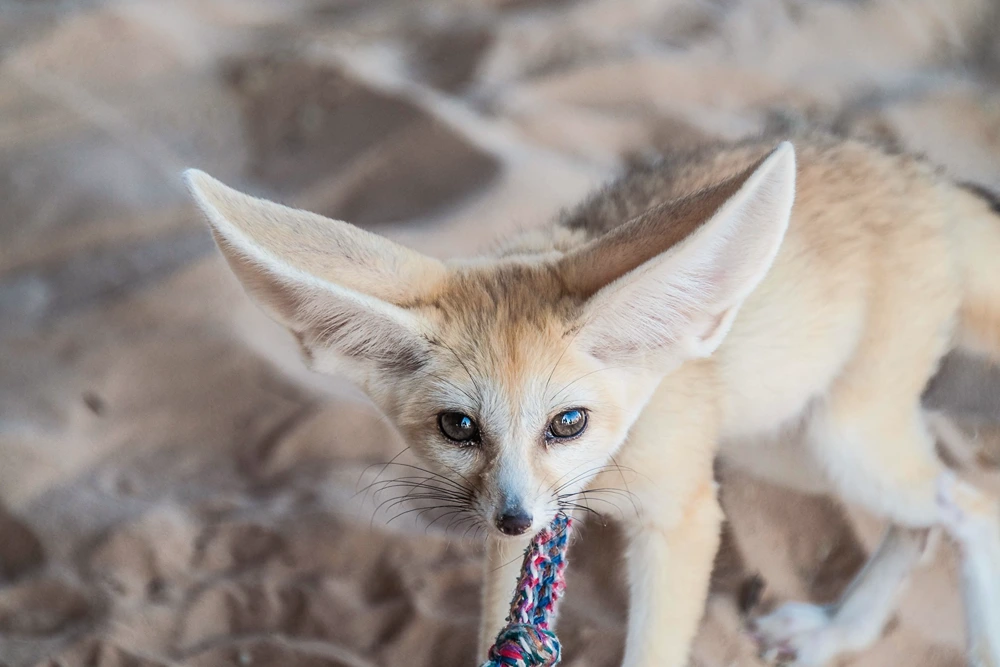
The Sahara Desert, with its extreme temperatures and scarce water, presents a harsh reality for its inhabitants. The Fennec Fox, despite its adept adaptations, faces significant challenges that threaten its survival. Key among these are habitat loss due to human expansion and the illegal pet trade, which disrupts their natural populations and habitats.
Habitat Loss
As human populations expand into sahara desert regions, the natural habitats of Fennec Foxes are increasingly encroached upon. This loss of habitat not only reduces their living space but also affects their access to food sources, posing a threat to their survival.
Illegal Pet Trade
The Fennec Fox’s unique and appealing appearance has made it a target for the illegal pet trade. Capturing these animals from the wild not only disrupts their natural populations but also places individual animals in situations where their specialized needs are unlikely to be met.
Fennec Fox Conservation Efforts
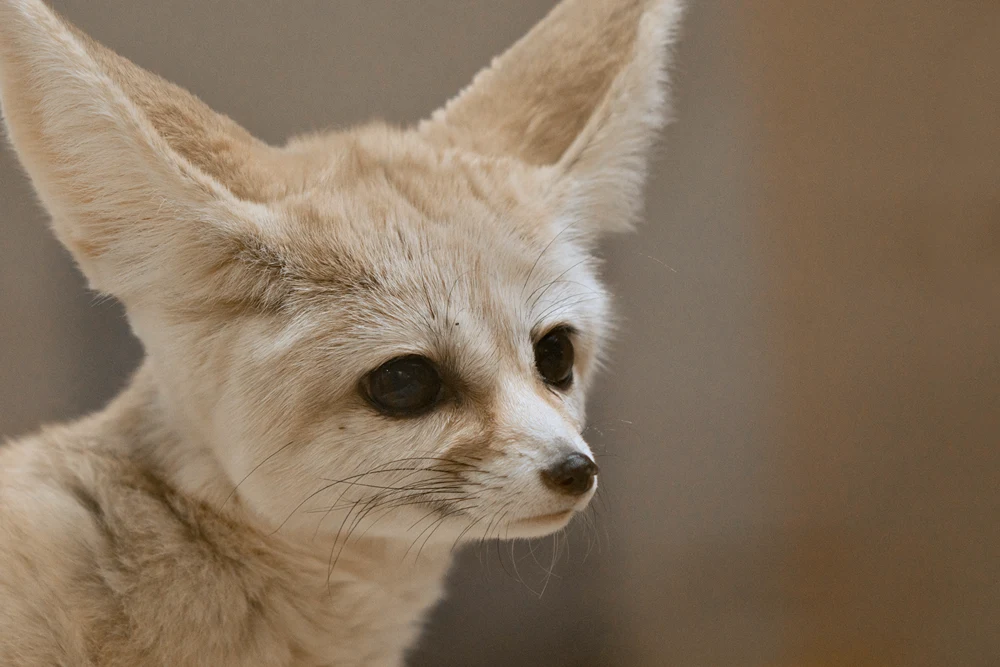
Protecting the Fennec Fox and its habitat requires a concerted effort from conservation organizations and governments. Here are ways we can contribute to the preservation of this remarkable desert dweller.
Support Conservation Organizations
Many NGOs and conservation groups are working tirelessly to protect the Fennec Fox and its natural habitat. One such organization is Sahara Conservation, a 501(c)(3) nonprofit registered in the United States (Tax ID #: 26-0171939). Donating to these organizations can provide them with the resources needed to continue their vital work.
Responsible Tourism
If visiting the Sahara, choose eco-friendly tours that minimize impact on the environment and its inhabitants. Supporting ecotourism can also encourage local communities to protect wildlife and natural resources.
Educate Others
Raising awareness about the Fennec Fox, its role in the ecosystem, and the threats it faces can inspire others to take action. Education can be a powerful tool in the fight against illegal wildlife trade and habitat loss.
Our Role as a Travel Agency

At Safari Sahara Travel Agency, we’re deeply committed to the conservation of the Sahara Desert’s unique wildlife, especially the enchanting Fennec Fox. Our approach to tourism is rooted in respect for nature and the principles of responsible and sustainable travel.
Through our carefully designed wildlife tours, we aim not only to showcase the beauty of the Sahara and its inhabitants but also to educate our guests about the critical importance of conservation efforts.
Conclusion
Our connection to the natural world is underscored by the story of the Fennec Fox, a tale of survival, adaptation, and the intricate balance of ecosystems. Protecting this remarkable animal and its habitat isn’t just about preserving a species; it’s about maintaining the health and diversity of our planet for future generations.
